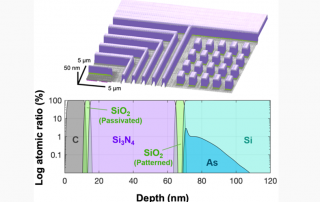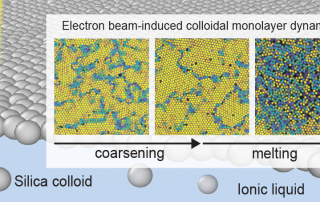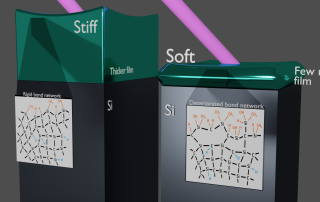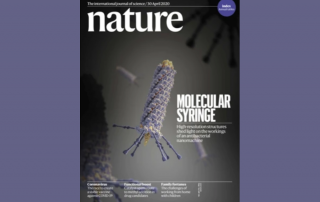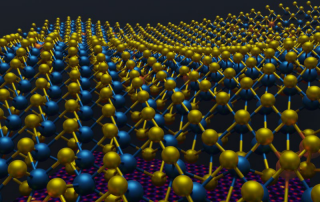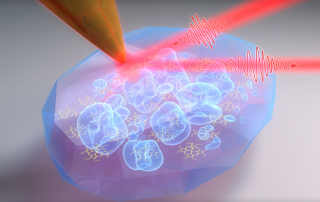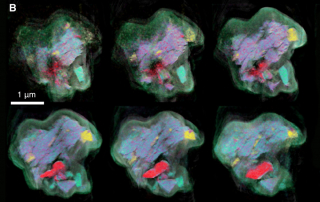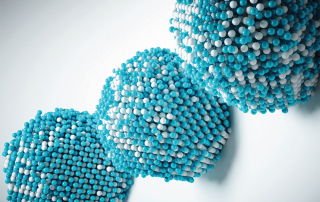Nondestructive, high-resolution, chemically specific 3D nanostructure characterization using phase-sensitive EUV imaging reflectometry
Next-generation nano and quantum devices have increasingly complex 3D structure. As the dimensions of these devices shrink to the nanoscale, their performance is often governed by interface quality or precise chemical or dopant composition. A STROBE team from CU Boulder, UCLA, UC Berkeley, as well as laser and nanoelectronics industry partners, worked together for 4 years to design, construct and commission the first phase-sensitive extreme ultraviolet imaging reflectometer. It combines the excellent phase stability of tabletop coherent extreme UV (EUV) light sources, the unique chemical- and phase-sensitivity of coherent EUV imaging, and state-of-the-art algorithms. This tabletop microscope can non-destructively probe surface topography, layer thicknesses, and interface quality, as well as dopant concentrations and profiles. High-fidelity imaging was achieved by implementing phase sensitive imaging at different angles, by using advanced methods to mitigate noise and artifacts in the reconstructed image, and by using a high-brightness, EUV source with excellent intensity and wavefront stability. These measurements were validated through multiscale electron and atomic force microscopy imaging to show that this approach has unique advantages compared with others. Critical to this project were new photon and electron-based imaging methods, advanced algorithms, unique samples, as well STROBE advances in tabletop coherent imaging in transmission and reflection mode. Several STROBE trainees received awards for this effort.
